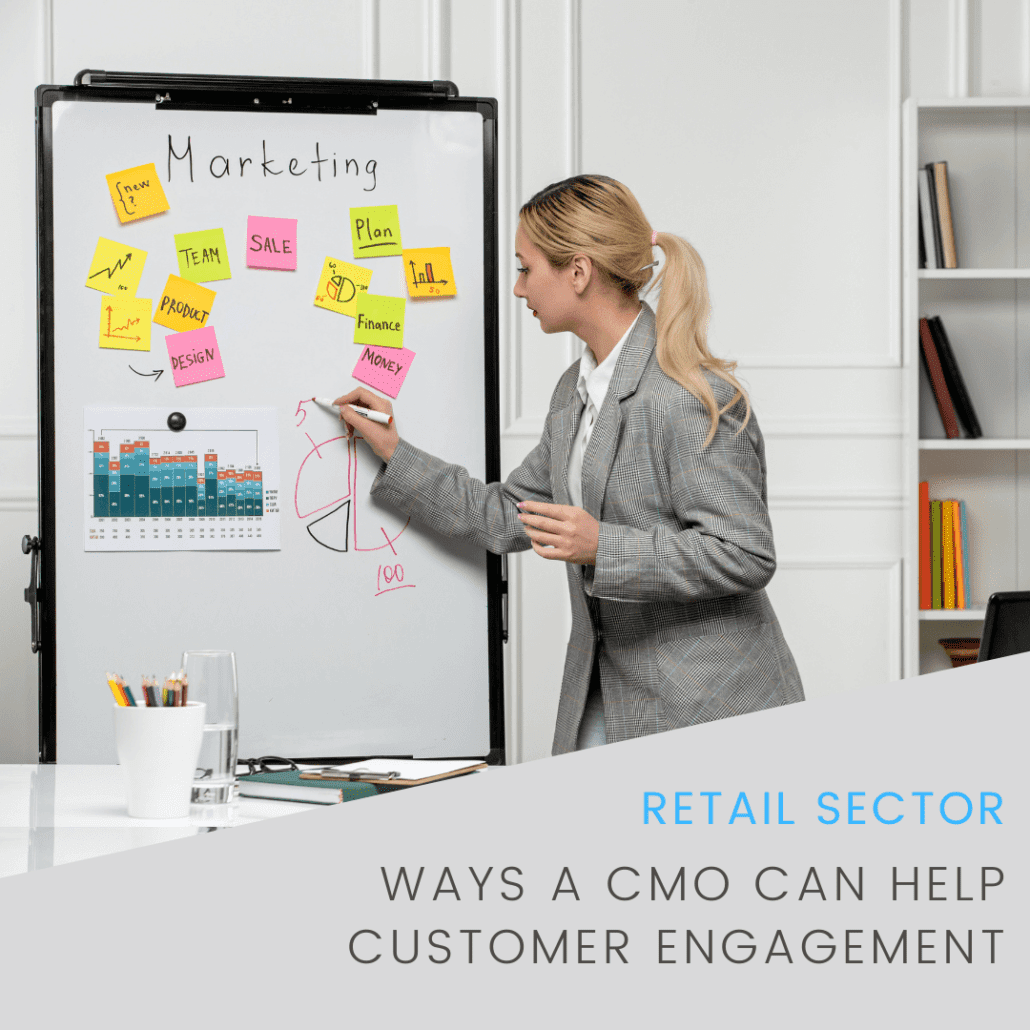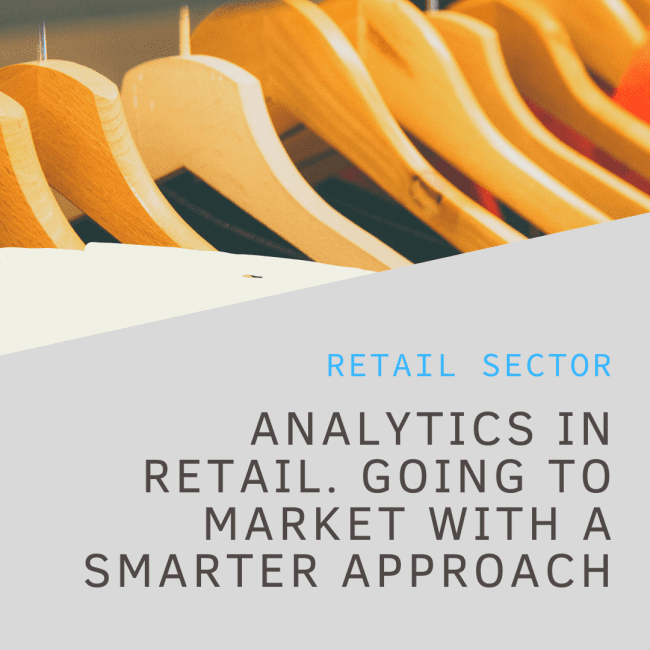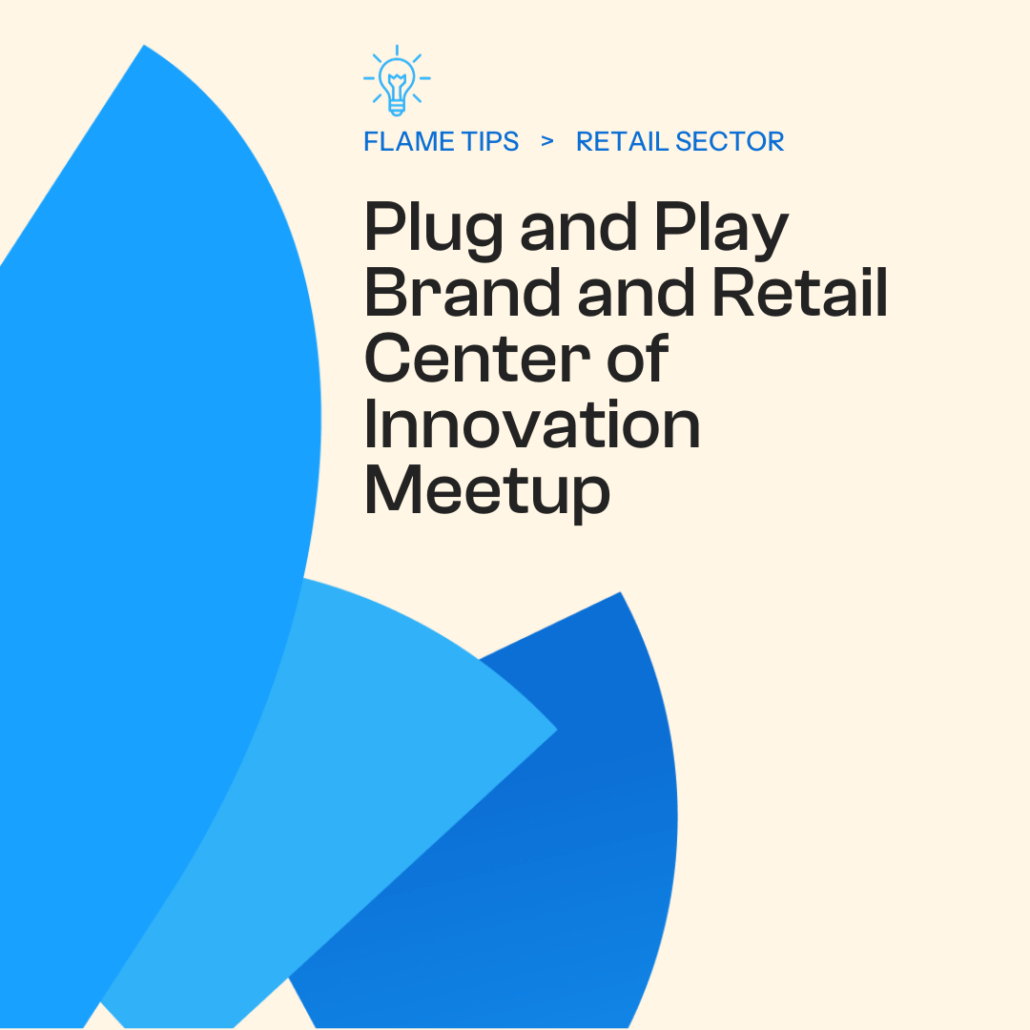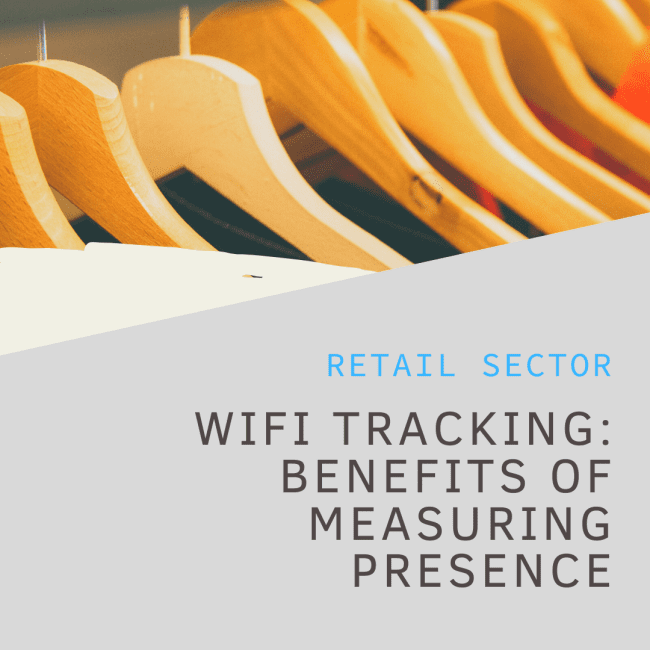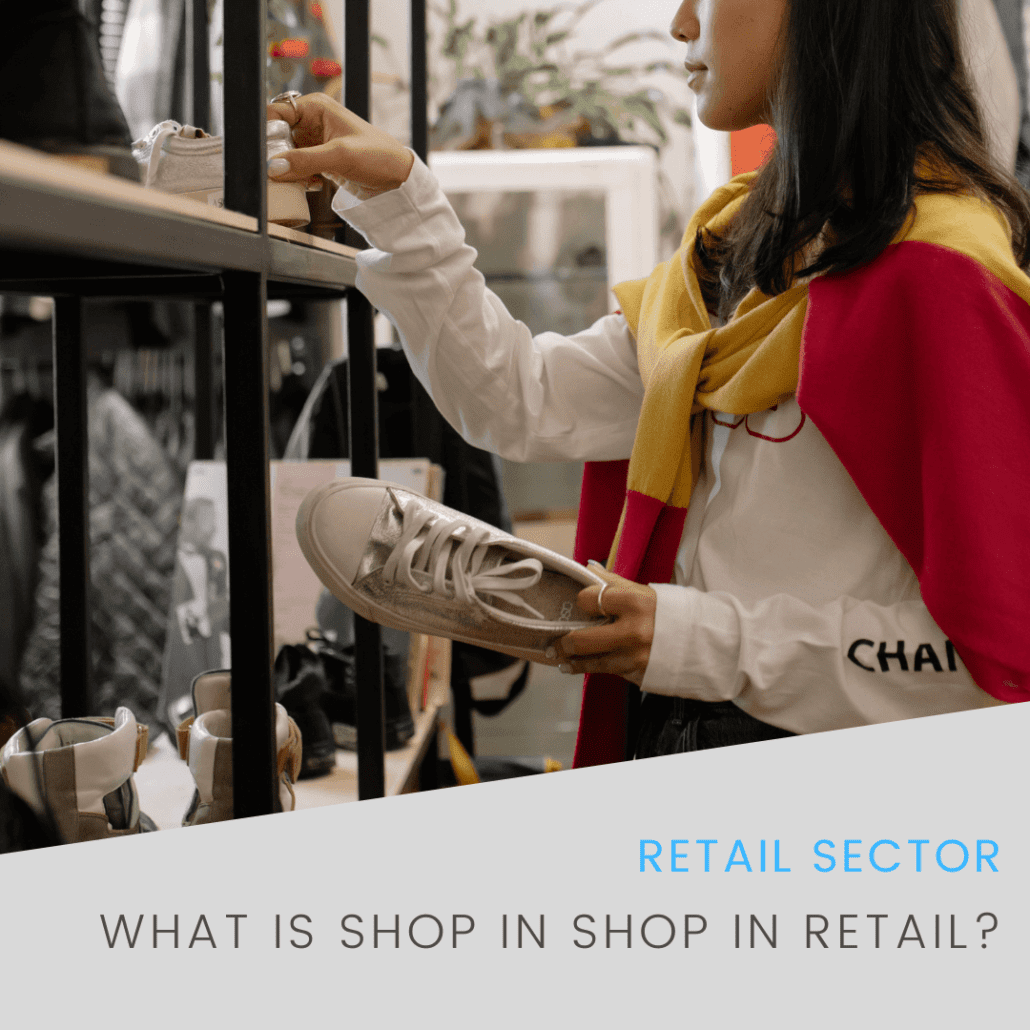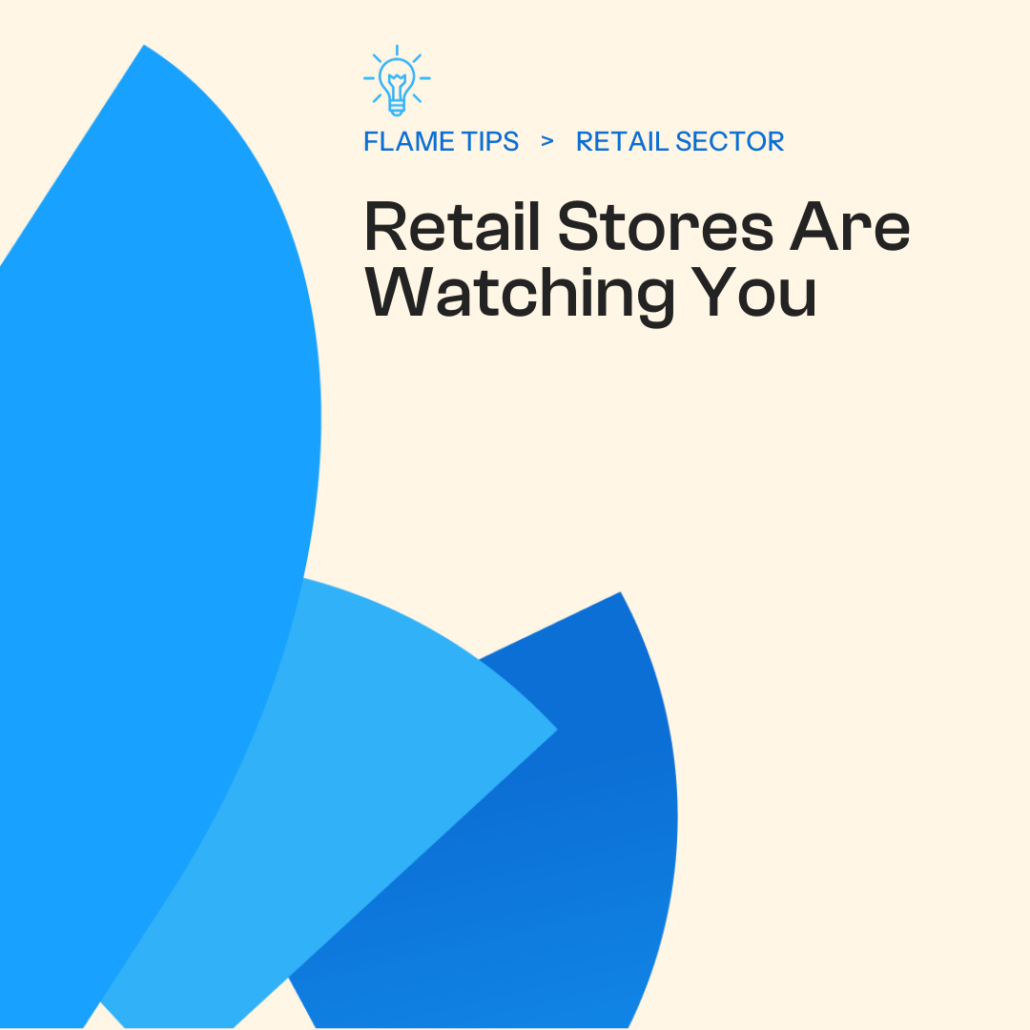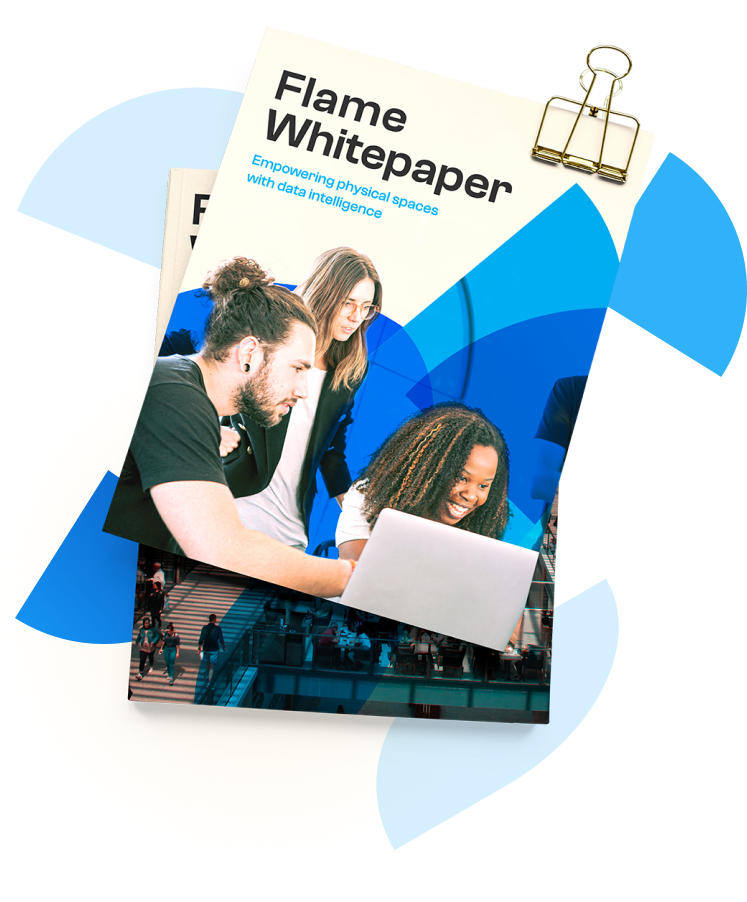In today’s hypercompetitive retail environment, customer engagement has emerged as a critical component of a successful business strategy. Customer engagement goes beyond merely making a sale; it’s about creating a bond between the consumer and the brand, fostering loyalty, and ultimately driving repeat business.
A crucial driver behind these customer engagement strategies is the Chief Marketing Officer (CMO). With their unique insights into market trends and customer behaviors, CMOs play an integral role in designing and implementing strategies that align with customers’ expectations, fostering stronger relationships.
In this article, we’ll delve into various strategies and methods CMOs can employ to enhance customer engagement in the retail sector. From leveraging data analytics and personalization to harnessing the power of social media and advanced technologies like AI, these techniques will help CMOs connect with customers on a deeper level, driving growth and prosperity for their retail businesses. Let’s explore!
Strategies and techniques CMOs uso to improve Customer Engagement
Understanding Customer Preferences and Behavior
Today’s customers expect personalized experiences that cater to their specific needs and wants. But to provide these tailored experiences, it’s imperative to understand customer preferences and behavior. This is where the role of a full-time or part-time CMO comes into play.
CMOs, with their teams, can utilize advanced data analytics tools to collect and analyze customer data, enabling them to understand patterns and trends in customer behavior. They can use these insights to predict customer needs, enhance their product or service offerings, improve marketing efforts, and provide personalized customer experiences.
For instance, Walmart, one of the world’s largest retail chains, is known for its robust data analytics capabilities. It uses customer data to optimize its supply chain, predict product demand, customize its marketing efforts, and ultimately create a personalized shopping experience for each customer.
Hence, understanding customer preferences and behavior can help CMOs create strategies that align with customers’ expectations, ultimately enhancing engagement and driving business growth.
Personalization Strategies for Customer Engagement
In a world where customers are flooded with countless brand messages every day, personalization can be a game-changer in the retail sector. A CMO’s understanding and effective implementation of personalization strategies can significantly enhance customer engagement.
Personalization is about offering customers what they want when they want it. It can be as simple as addressing the customer by their name in emails or as complex as offering products based on their browsing history and past purchases. The goal is to make customers feel valued and understood, which fosters a deeper connection with the brand.
For example, Sephora, a leading cosmetics retailer, has taken personalization to new heights with its Beauty Insider program. The program offers product recommendations, rewards, and experiences tailored to the individual customer’s preferences, leading to a significantly more engaged customer base.
By understanding customers on a deeper level and offering them personalized experiences, CMOs can drive customer engagement and loyalty, setting their brand apart in a crowded retail market.
Omni-channel Marketing
The retail landscape has evolved significantly with the advent of digital technologies, and customers now interact with brands across multiple touchpoints. This change necessitates an omni-channel marketing approach that provides a consistent and seamless customer experience across all platforms, be it in-store, online, or through mobile apps. As a CMO, bringing the skill of orchestrating this omni-channel strategy is vital.
With a deep understanding of the customer journey and expertise in coordinating various marketing channels, the CMO can ensure that the customer has a harmonious experience, whether they’re browsing the website, shopping in-store, or engaging on social media. This consistency across channels can lead to higher customer engagement and loyalty.
An excellent example of this approach is Nike, whose CMO has helped drive an effective omni-channel strategy. Nike connects with its customers at multiple touchpoints, providing a cohesive brand experience. This includes seamless integration between their physical stores, online shop, mobile app, and social media platforms, making the shopping experience intuitive and engaging, no matter how or where the customer chooses to shop.
Customer Engagement through Social Media
In the age of digital connectivity, social media has emerged as a powerful tool for customer engagement. A CMO, with their understanding of social platforms and knack for creative storytelling, plays an integral role in boosting social media engagement.
Through strategic planning and content development, CMOs can create compelling narratives that resonate with their audience, promote their brand values, and evoke emotional connections. These narratives, when shared on social media, can spark conversations and interactions, helping to build a strong community around the brand.
Moreover, CMOs can utilize social listening tools to monitor and analyze customer feedback on social platforms, which can provide invaluable insights into customer sentiment and help in the improvement of products and services.

Customer Loyalty Programs
Customer loyalty programs are a proven strategy to enhance customer engagement and encourage repeat business. A skilled CMO is instrumental in designing and implementing these programs effectively.
The success of a loyalty program hinges on the CMO’s ability to understand the customers’ needs and expectations, create attractive rewards that offer real value, and communicate the benefits of the program clearly. The goal is to create a program that not only rewards repeat purchases but also makes customers feel appreciated and valued.
By utilizing their strategic planning skills and customer insights, CMOs can create loyalty programs that resonate with their customers, fostering stronger customer-brand relationships and driving customer engagement.
User Generated Content (UGC)
User Generated Content (UGC) — from customer reviews to photos and videos of product usage — has become a gold mine for engaging customers. As a CMO, leveraging UGC is a creative and authentic way to connect with customers.
By encouraging customers to share their experiences with the brand, CMOs can foster a sense of community and involvement among customers. Not only does UGC provide social proof to potential customers, but it also offers invaluable feedback and insights into how customers are using the products and what they value about them.
In essence, a CMO’s strategic harnessing of UGC can significantly boost customer engagement, foster a sense of community, and provide authentic social proof that resonates with new and existing customers alike.
AI and Machine Learning for Customer Engagement
With the surge of technology in recent years, artificial intelligence (AI) and machine learning have become powerful tools for enhancing customer engagement. CMOs with the ability to understand and harness these advanced technologies can significantly enhance their marketing strategies and customer experiences.
AI and machine learning can provide predictive insights, personalize customer experiences, automate customer service through chatbots, and much more. These capabilities can help the brand connect with customers on a more personalized and convenient level, significantly boosting customer engagement.
For instance, Amazon’s CMO has been instrumental in leveraging AI for their recommendation engine. By analyzing previous purchases, browsing history, and other customer data, Amazon provides personalized product recommendations, enhancing the shopping experience and fostering customer engagement and satisfaction.
Similarly, machine learning can help CMOs analyze vast amounts of data quickly, providing insights into customer behavior, predicting trends, and enabling quick decision making.
As an added advantage, using AI or machine learning can cut costs for companies. This is due to the fact that they generate vast amounts of information rather quickly, thereby eliminating certain long-winded tasks. Due to this it is possible for companies to hire part-time CMOs to run their customer engagement.
Jennifer Bell is a self proclaimed tech wizard who likes to help others, and writes for marketing companies in the Philadelphia area.
